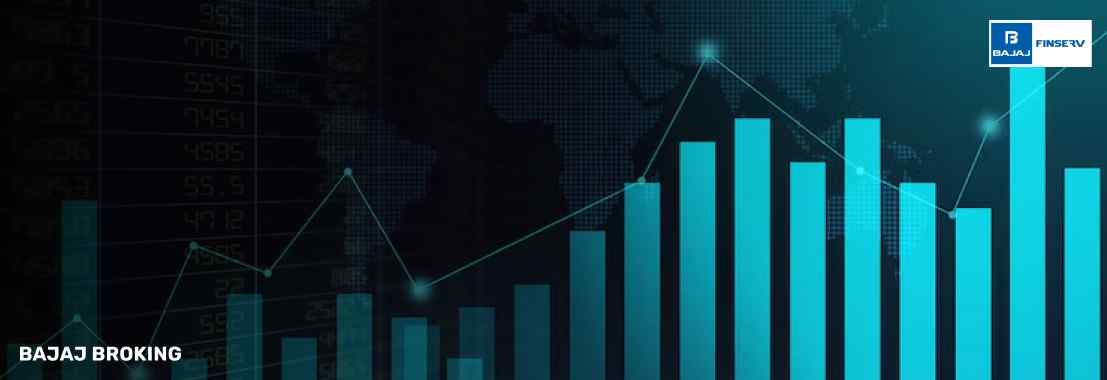Cash and carry arbitrage is a trading strategy that combines buying an asset in the cash market and selling a futures contract on the same asset. It works when the price in the futures market is higher than the cash price. You lock in the price difference.
This strategy is market-neutral. You don’t bet on price movement. Instead, you take advantage of the pricing gap between two markets. Cash and carry arbitrage only works when the price difference covers all costs, like brokerage or taxes.
If you’re wondering what cash and carry arbitrage is, it’s simply using this gap to your advantage. You use the cash and carry model when the futures price is expensive compared to the spot price. This is not about speculation. It’s about spotting and acting on inefficiencies.
Exploring Futures Contracts and Arbitrage Potential
To use cash and carry arbitrage, you must understand how futures contracts work. A futures contract is an agreement to buy or sell an asset at a set price on a future date. Though the spot and futures prices match on expiry, they often differ before then.
When the futures price is higher than the spot price, you sell the futures and buy the asset in the cash market. That’s when cash and carry arbitrage comes into play. This gap happens due to factors like supply-demand shifts or exchange-specific rules.
In reverse, if the spot price is higher, it’s called reverse cash and carry arbitrage. Both rely on timing, pricing, and market conditions. The futures market allows you to use this price gap without betting on direction.
These gaps grow wider the farther the contract is from expiry. That’s why arbitrage opportunities increase with long-dated contracts. This method can work well when paired with options and futures knowledge and solid risk control.
The Role of Cost of Carry in Arbitrage
The cost of carry refers to the total cost you pay to hold an asset until the futures contract expires. This includes interest, storage fees (for physical goods), and sometimes insurance or taxes.
In cash and carry arbitrage, you must make sure that the price difference between the futures and spot market is greater than the cost of carry. If it isn’t, the trade might not be worth it.
This cost is usually expressed as a percentage of the asset’s value. For example, if interest rates rise, the cost of carry goes up too.
A high carry cost means the price gap needs to be much larger to make the trade viable. So, it's essential to calculate this cost before placing any arbitrage trade.
The cash and carry model uses this as a key filter. Many trading strategies depend on understanding cost of carry to avoid bad trades and unexpected losses.
Market Conditions: Contango vs. Backwardation
Cash and Carry Arbitrage becomes possible when the market enters a state called contango. This happens when the futures contract trades at a higher price than the asset in the spot market. You buy the asset now and agree to sell it later at a higher price through the futures market.
Contango is mostly seen in commodity markets, but it can also appear in stock markets. In stocks, it’s often referred to as a premium. It signals that traders expect the asset price to rise in the future.
The opposite of contango is backwardation. This occurs when the futures contract trades at a lower price than the spot. In such a scenario, reverse cash and carry arbitrage is used—you sell the asset in the spot market and buy the future.
These market phases—premium or discount—can influence your cash and carry model strategy. Recognising these trends helps you use trading strategies effectively.
Example of Cash and Carry Arbitrage
Let’s assume, a stock is priced at ₹1,000 in the cash market. Its futures contract is trading at ₹1,070. The cost of carry, including brokerage and charges, comes to ₹40. Here’s how you use cash and carry arbitrage:
You buy the stock in the cash market at ₹1,000 and sell the futures at ₹1,070. Your total cost is ₹1,040. The locked-in gain is ₹30, since the future price is ₹70 higher but you account for ₹40 in holding costs.
This simple trade follows the cash and carry model. It does not depend on price direction. You earn from the gap. Such chances exist in options and futures markets. To act, you need an open trading account and a solid understanding of futures contracts and costs involved.
Conclusion
Cash and carry arbitrage works when the futures contract price is higher than the spot price. You go long in the spot market and short the futures. You earn from the gap.
Before using cash and carry model techniques, learn how futures contracts behave. A proper plan is important.
Many trading strategies include arbitrage as a low-risk option. But always factor in costs and market behaviour. This way, you use cash and carry arbitrage smartly and avoid unexpected risks.




